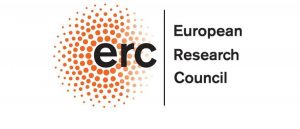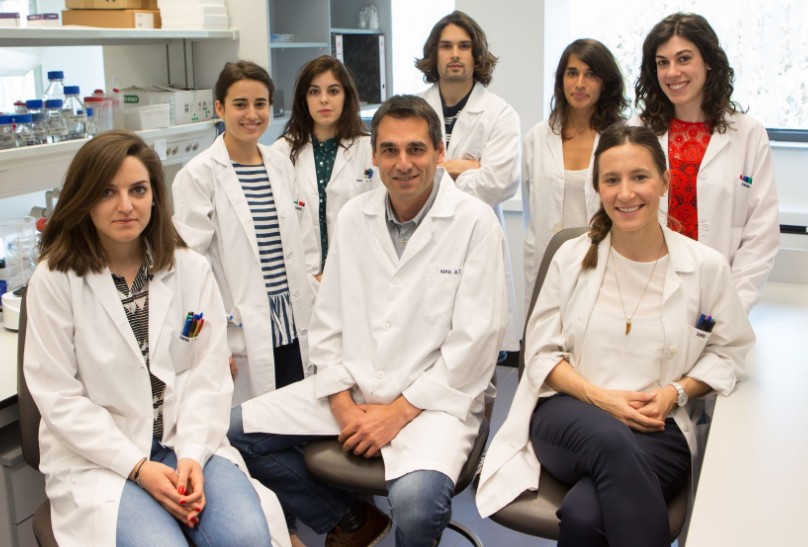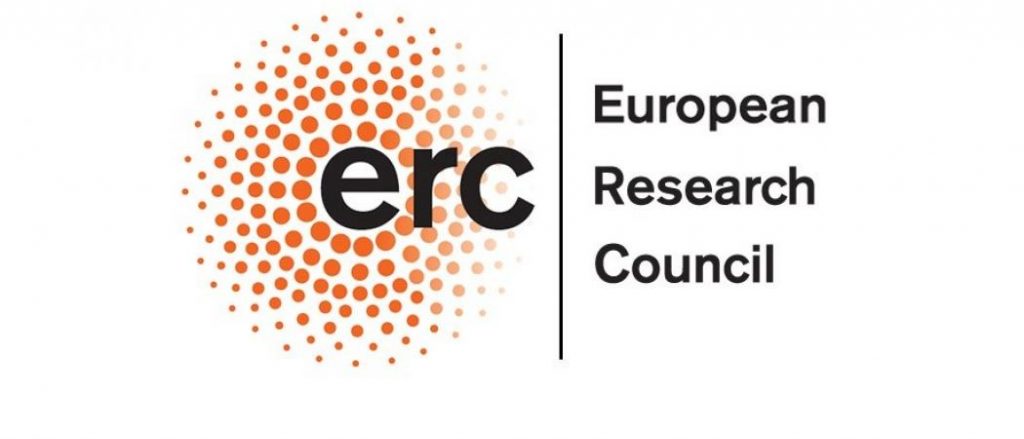ReguloBac-3UTR Project ERC Consolidator Grant

High-throughput in vivo studies on posttranscriptional regulatory mechanisms mediated by bacterial 3′-UTRs
Summary
Eukaryotic untranslated regions located at the 3′ end (3’-UTRs) of messenger RNAs (mRNAs) are key post-transcriptional regulatory elements controlling almost every single biological process. In contrast, in bacteria, most studies regarding post-transcriptional regulation have been mainly focused on specific non-coding RNAs (both asRNAs and sRNAs) and 5’-UTRs, which often carry riboswitches or thermosensors. Remarkably, bacterial 3’-UTRs have been largely disregarded and have not been considered as potential regulatory elements.
Although some previous studies showed the potential of bacterial 3’UTRs to control important biological processes such as multicellular behaviour and virulence, many questions still remain to be answered.
– Are 3’-UTRs roles conserved in bacterial species?
– Do 3’-UTRs contain specific regulatory sequences and/or secondary RNA structures?
– Are transcriptional terminator sequences relevant for certain 3’-UTRs?
– Are 3’-UTRs specifically recognized by ribonucleases and/or RNA-binding proteins?
– Might 3’-UTRs be responsible for bacterial speciation?
– Is bacterial 3’-UTR-mediated regulation as general as in eukaryotes?
– Might bacterial 3’-UTRs be the ancestors of eukaryotic 3’-UTR evolution?
In order to achieve these questions, the ReguloBac-3UTR focused on high-throughput analyses to identify genome-wide functional regulatory 3’-UTRs. Also the pool of RNA-binding proteins associated to 3’-UTRs will be investigated.
Finally, relevant examples of 3’-UTRs belonging to physiologically important genes will be selected to deeply study the regulatory mechanisms at the molecular and single-cell levels. We expect that this project will largely change the view of post- transcriptional regulation in bacteria. The understanding of genomic organizations that lead to post- transcriptional regulatory mechanisms that have not been considered up to now will help to improve microbiology, synthetic biology and biotechnology fields. In addition, the finding of new regulatory layers will imply new potential targets for the development of novel antimicrobials that might contribute to deal with the challenging issue of multi-drug antibiotic resistance, a worldwide problem.
ERC Team Members
Dr. Alejandro Toledo-Arana – Principal Investigator
Arancha Catalán-Moreno – ERC PhD Student
Pilar Menéndez-Gil – ERC PhD Student
Dr. Pilar Bustos Sanmamed – ERC Post-doctoral researcher
Dr. Marta Cela – ERC Post-doctoral researcher
Dr. Laurène Bastet – ERC Post-doctoral researcher
Naiara Irurzun – ERC Research assistant
Sergio Cuesta Ferre – ERC Research assistant

Links of interest

High-throughput in vivo studies on posttranscriptional regulatory mechanisms mediated by bacterial 3′-UTRs

UPNA – «Un estudio del IdAB trata de identificar nuevos reguladores de bacterias para mejorar la salud humana y animal»
Video
Identify new bacterial regulators to improve human and animal health
A project led by the Spanish National Research Council (CSIC) researcher, Alejandro Toledo-Arana, at the Institute of Agro biotechnology (a centre shared between CSIC, the Public University of Navarra and The Regional Government of Navarra), is studying new genetic regulatory mechanisms in pathogenic bacteria.
CONTACTO
Av. Pamplona, 123
31192 Mutilva Baja, Navarra
contacto-idab@csic.es





